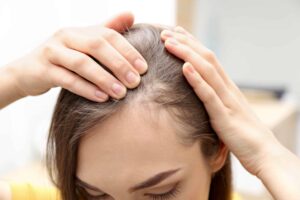
Peppermint Oil for Hair Growth
Peppermint Oil for Hair Growth Peppermint oil has long been used as a natural remedy for various health issues. But did you know that it may also promote hair growth? Recent studies have demonstrated that there may be a way








